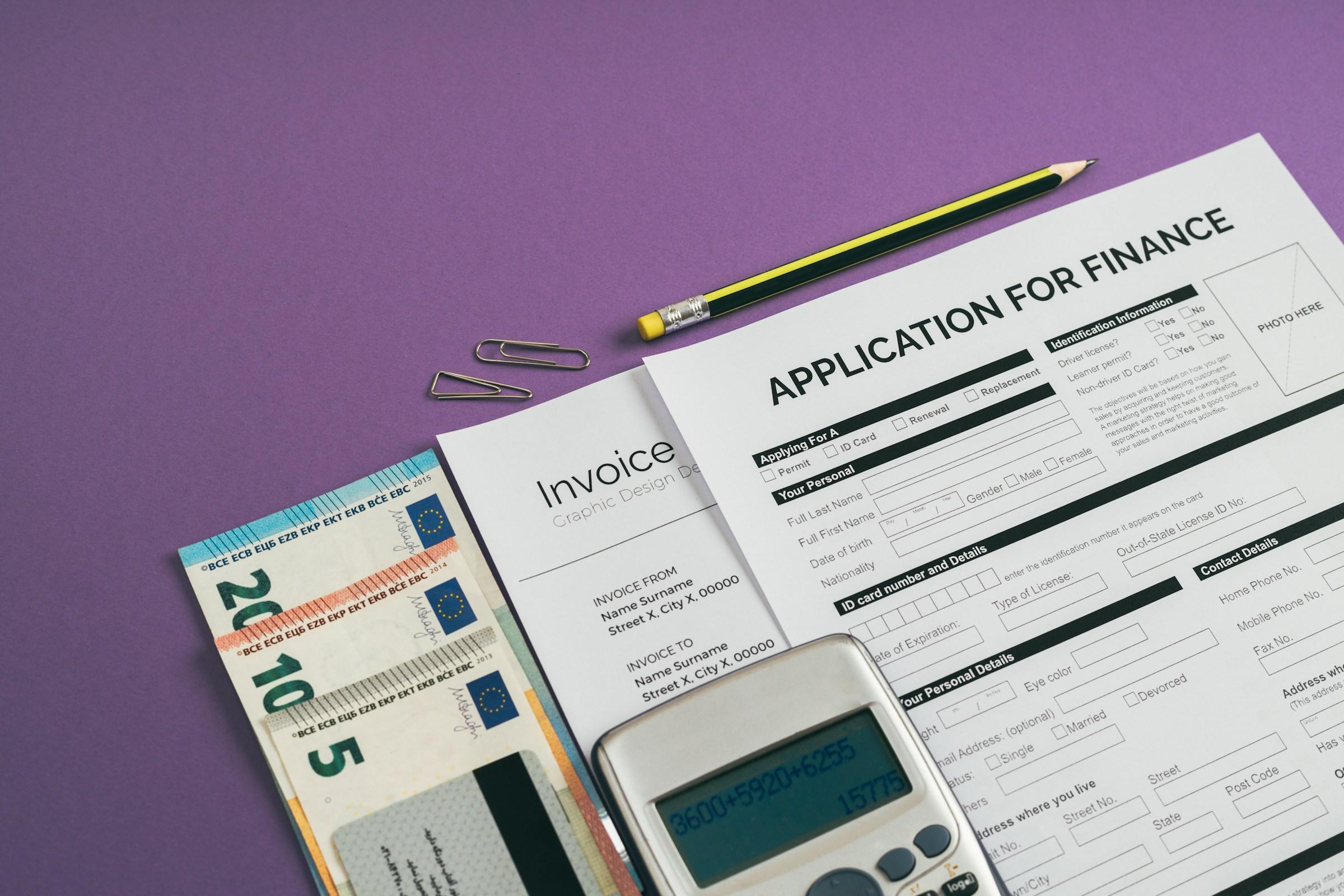If you are watching the rate cycle soften and wondering whether it is the right time to tidy up your debts or fund a large expense, a low rate environment can make a personal loan a sensible tool. The goal is not to borrow for the sake of it. The goal is to lower the all-in cost of money, reduce friction in your cash flow, and keep your long-term plan on track. When rates are low, each of those goals is easier to achieve because the price you pay to use money today is reduced compared to most alternatives.
A personal loan is not magic. It is a contract with a fixed repayment schedule, a clear end date, and predictable monthly obligations. That predictability is the first quiet advantage. When prices are rising more slowly and base rates fall or stabilize, fixed installment payments let you plan with confidence. If your budget is stretched by school fees, a move, or a medical expense, the ability to quantify exactly what leaves your account each month removes guesswork and emotional strain. You do not need perfect foresight to make good decisions. You need numbers you can trust.
The second advantage is relative cost. In most credit markets, unsecured personal loans price lower than credit cards and buy-now-pay-later balances once you include hidden fees and compounding interest. When headline rates are low, that pricing gap widens. Rolling multiple revolving balances into a single installment loan can cut your interest expense sharply. You also reduce penalty risk because you replace many due dates with one. That seems cosmetic, but it directly lowers the chance of missed payments that damage your credit profile.
Credit profile improvement is a third advantage that does not get enough attention. Your credit score reflects both your usage and your mix of credit types. Shifting high utilization from revolving credit into an installment loan can reduce your utilization ratio on cards, which is a common driver of score changes. Scores are not a trophy. They are access. A stronger profile can lower future borrowing costs on a car loan or a mortgage and can speed approvals when you relocate or change jobs. In a low rate window, using a personal loan to tidy your profile is often cheaper than waiting and making the same move later at a higher rate.
A fourth advantage appears when you look at your investments. Selling long-term holdings to fund a large expense may create taxes, transaction costs, and the risk of missing a rebound. In a low rate environment, a short or medium horizon personal loan can be the smaller cost if your expected portfolio return comfortably exceeds the after-tax borrowing cost. This is not leverage for speculation. It is preserving a long-term plan by matching the funding tool to the time frame of the expense. If you are five to seven years from a major goal, the cost of interrupting compounding may be greater than the cost of an orderly loan.
There is also a cash flow advantage that matters for families with uneven income. If your compensation includes bonuses, commissions, or restricted stock vesting, you live with lumpy inflows. A personal loan spreads a known cost across months and lets you line up repayment with those inflows. You can then use bonus months to prepay without penalty if your loan allows it, which reduces total interest while keeping day-to-day cash flow stable. Stability is a planning benefit, not just a feeling.
All of these advantages depend on selection and structure. Choose based on the planning problem you are solving, not a teaser headline rate. Start by confirming the total cost of borrowing. Annual percentage rate, processing fees, administrative charges, and any insurance add-ons should be considered together. In a low rate environment, fees are often the biggest swing factor. A slightly higher rate with minimal fees can be cheaper than an ultra-low headline rate that layers on costly extras. Ask for the amortization schedule so you can see how much principal you retire each month and how fast your interest burden falls.
Next, match term to purpose. A common mistake is stretching the repayment term beyond the useful life of the expense. If the loan is funding a certification that raises your earnings power for a decade, a three to five year term might be reasonable. If it is covering a wedding or a move, shorter is better so that you do not carry last year’s celebration into future priorities. When rates are low, the monthly difference between a four and five year term can be modest. Resist the temptation to chase the lowest monthly number if it drags your total cost higher and crowds out future goals.
Debt consolidation deserves a specific review because it is where personal loans often create the most value in low rate cycles. Imagine three cards with interest rates in the high teens and various annual fees. A single installment loan at a low fixed rate replaces those moving parts with one predictable payment. The benefit is not only the lower rate. It is also the speed at which principal declines. Revolving balances can trap you in slow principal reduction if you only make minimums. An installment schedule commits you to principal paydown from day one. If you keep the old card accounts open but unused, your credit utilization falls, which can lift your score. If you close them all, your available credit shrinks and your score can dip. The right choice depends on your habits. Ask yourself which structure makes you least likely to drift back into revolving balances.
There is a psychological benefit as well. Many people underestimate the cognitive load of managing scattered debts. When you use a low rate personal loan to consolidate, you simplify the financial narrative of your household. Simpler stories are easier to sustain. You will spend less time juggling due dates and more time steering toward goals that matter. Money confidence does not come from complexity. It comes from consistency and clarity.
For homeowners, it is natural to compare a personal loan to tapping home equity. When rates are low, mortgage top-ups or equity lines can be very attractive on price. They also attach to your property and can extend your repayment horizon far beyond the life of the expense. A personal loan stays off the house and ends when the term ends. The rate may be slightly higher than secured borrowing, but the separation from your home and the shorter lifecycle are real benefits for many families. If you plan to move or refinance soon, avoiding additional encumbrances can keep your options open.
If you are an expat shuttling between Singapore, Hong Kong, and the UK, portability matters. Moving jurisdictions can complicate secured credit, but an unsecured personal loan with simple terms is easier to manage across borders. When rates are low, you can fix a cost in your current jurisdiction and avoid the uncertainty of reapplying in a new system with different documentation standards. This is not always the cheapest theoretical option, but it is often the most reliable one for families in transition.
Now consider a planning framework that keeps you aligned. Think of it as Purpose, Cost, Timeline. Purpose asks what real problem the loan solves. You should be able to answer that in one sentence. Cost asks for the full all-in price of the loan, not just the rate. Use the amortization schedule and confirm fees, penalties, and any required add-ons. Timeline asks whether the loan term fits the life of the expense and your income pattern. If your bonus falls in March and September, plan prepayments then and make sure there is no fee for doing so. A simple plan you will follow beats a complicated plan you will avoid.
There are edge benefits that matter in quieter ways. A low rate personal loan can protect your emergency fund during a temporary spike in expenses. Draining your cash buffer exposes you to the next surprise, which could push you back into high cost credit. Using an affordable loan to bridge a period of higher costs can keep your safety net intact. It can also preserve your ability to say yes to career opportunities that come with short term costs, like a move or a course, because your monthly budget remains orderly.
For parents and caregivers, predictability supports more than money. It supports time. When you know your payment, you do not need to revisit the decision each month. You are free to work the plan rather than renegotiate it every time a bill arrives. This is an underappreciated benefit of installment borrowing in a low rate window. It gives you mental bandwidth back.
There are cautions, even when rates are low. Do not use a personal loan to expand your lifestyle baseline. A low monthly number is still a claim on future cash flow. If the expense you are funding will not be remembered in a year, you are likely borrowing for the wrong reason. Do not refinance your way into a longer total payoff if your real goal is to be debt free sooner. If you consolidate, do it once, close the chapter, and audit your budget so you do not rebuild balances. A loan is a tool. Tools can help you build or they can help you avoid doing the actual work.
The practical steps are straightforward. Confirm that the loan is truly fixed rate during the entire term. Some products advertise a fixed headline but include a review clause after twelve months. Check for early repayment penalties. In a low rate cycle, you may want the flexibility to pay down faster if your cash flow improves. Ask whether the lender reports to the major credit bureaus. If they do not, you will not receive the score benefit of on-time payments. Finally, set the payment date a few days after your salary hits. Alignment prevents accidental overdrafts and makes your budget feel calmer.
Two questions can help you decide if this is the right move right now. Will this loan reduce my total interest cost over the next two to three years while helping me reach a goal that matters. Will this loan make my financial life simpler and my monthly cash flow more predictable. If you cannot answer yes to both, pause and revisit your plan. If you can, then a low rate personal loan is not just cheaper money. It is better structure.
Timing matters less than intention. Yes, rate cycles rise and fall. Yes, you might catch a slightly better rate if you wait another month. But the bigger win is usually locking in a clear plan, at a reasonable cost, that frees you from revolving debt and protects your long-term investments. The numeric gap between a great rate and a good rate is often smaller than the benefit of starting now and sticking with the schedule you set.
A final word about discipline. Automatic payments are a simple guardrail. Once the loan funds, set the debit to run from an account that always receives your income. Treat prepayments as a bonus habit, not the core plan. If a windfall comes, cut principal. If not, your base plan still retires the debt on schedule. Slow does not mean weak. Slow means durable.
When interest rates are low, a personal loan can be a helpful part of a well built financial plan. It lowers cost relative to revolving credit, compresses stress into one predictable payment, and can protect long-term compounding by letting your investments do their job. Used with clarity and a firm purpose, it is not about buying more. It is about buying back control and momentum in your money life. The smartest plans are not loud. They are consistent.



.jpg)




-1.jpg&w=3840&q=75)



.jpg&w=3840&q=75)


-1.jpg&w=3840&q=75)